It can be difficult to perfectly balance a horse's good health with its owner's equine needs, but when it comes to a horse's joints, overwork and trauma can lead to a horse's lameness and inability to perform any work at all. A disease called degenerative joint disease is found commonly among older horses and is a result of wear and tear, trauma, and the fact that domestic horses live longer than their wild brothers.
This is a condition that befalls most horse during their lifetime unless the horse is largely let alone to pasture and is never ridden. It is no doubt a wonderful experience to ride a horse, however it is important to note that a horse's body is not design to take heavy weight naturally. With this in mind, joint care should be an important aspect of your horse overall health care.
Degenerative joint disease is the name given to the condition that arises and progresses as a horse's joint becomes worn. The joint membrane worn out slowly over time and get inflamed. When that happens, it would not be able to produce sufficient fluids found in a joint. The limited amount of fluid causes the cartilage of the joint to thin and possibly even tear which will be painful for your horse. If degenerative joint disease is left untreated, a horse will experience lameness in no time.
The first sign of joint problems is puffiness around the joint areas. Unless you are looking for this, you are unlikely to notice it, and a horse that exhibits no other symptoms might still be on the path towards serious joint disability.
More overt and obvious symptoms involve clear pain in the joint areas, and your horse may be very reluctant to do work. At this stage, the horse will have obvious puffiness around the joints. You may note that your horse movements and gait seems to be stiff when you first brought her out and that they improve as she warms up. If you notice that maneuvers that usually would have been easily performed are now very difficult or your horse refuses to do them, this may also be a sign that degenerative joint disease has indeed set in.
You should bring your horse in for a checkup immediately if you suspect that it is developing degenerative joint disease. A flex test will be carry out on the joints. Afterward you will likely be asked to lead your horse to walk around briefly which will give your vet a chance to get a look at the horse's gait. At this point, your veterinarian will advice if your horse is required to take x-ray to confirm the condition.
There are a couple of options to help manage your horse's joint problem. You can run your horse's joints with cold water after activities. This simple exercise will help to reduce the swelling in the area. You can consider to reduce your horse's activities to those that stress the joints lesser.
Last but not least, your veterinarian can administer injections, made out of your horse's own blood, that go directly into the joint to help mitigate the pain and inflammation.

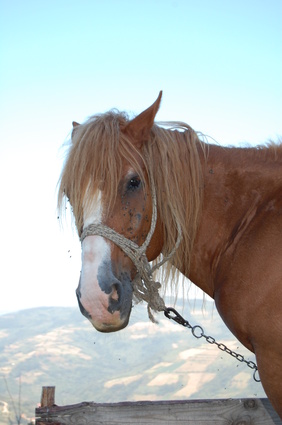 How Can I Get My Horse to Stop Eating Wood?
How Can I Get My Horse to Stop Eating Wood?
How Can I Get My Horse to Stop Eating Wood?
How Can I Get My Horse to Stop Eating Wood?
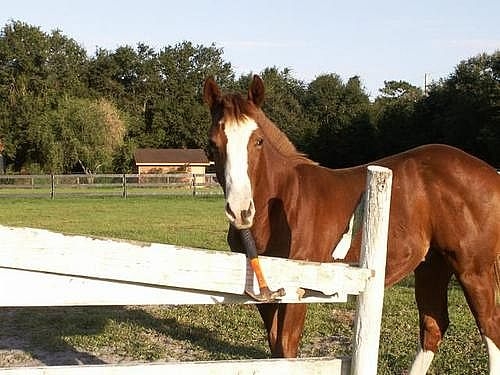 How to Build Horse Fences
How to Build Horse Fences
How to Build
How to Build Horse Fences
How to Build Horse Fences
How to Build
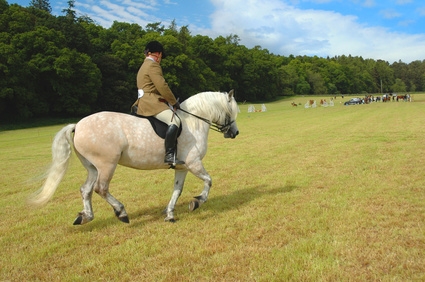 DIY Horse Trailer Living Quarters
DIY Horse Trailer Living Quarters
DIY
DIY Horse Trailer Living Quarters
DIY Horse Trailer Living Quarters
DIY
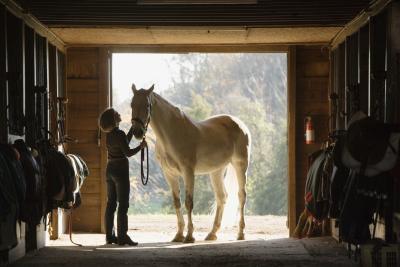 Wood Types for Horse Stalls
Wood Types for Horse Stalls
Wood Types
Wood Types for Horse Stalls
Wood Types for Horse Stalls
Wood Types
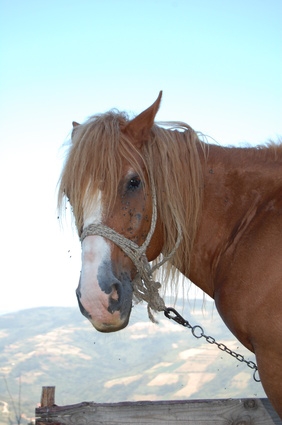 How to Train a Horse to Sit
How to Train a Horse to Sit
How to Tra
How to Train a Horse to Sit
How to Train a Horse to Sit
How to Tra